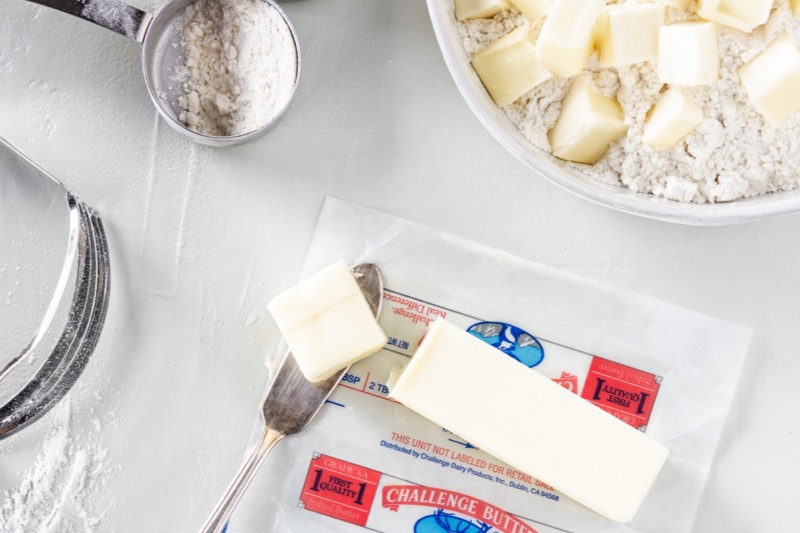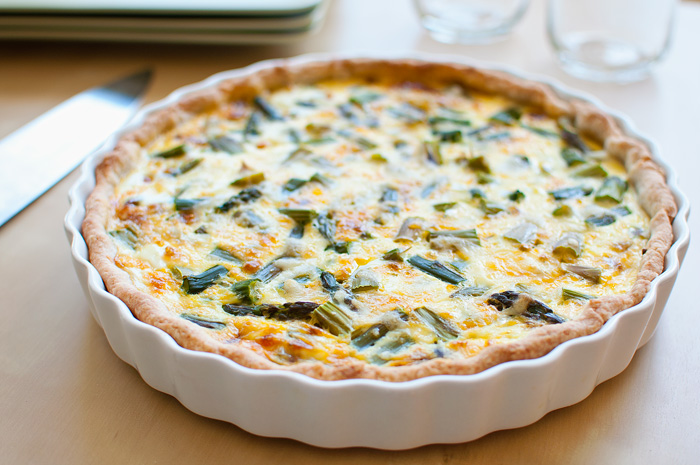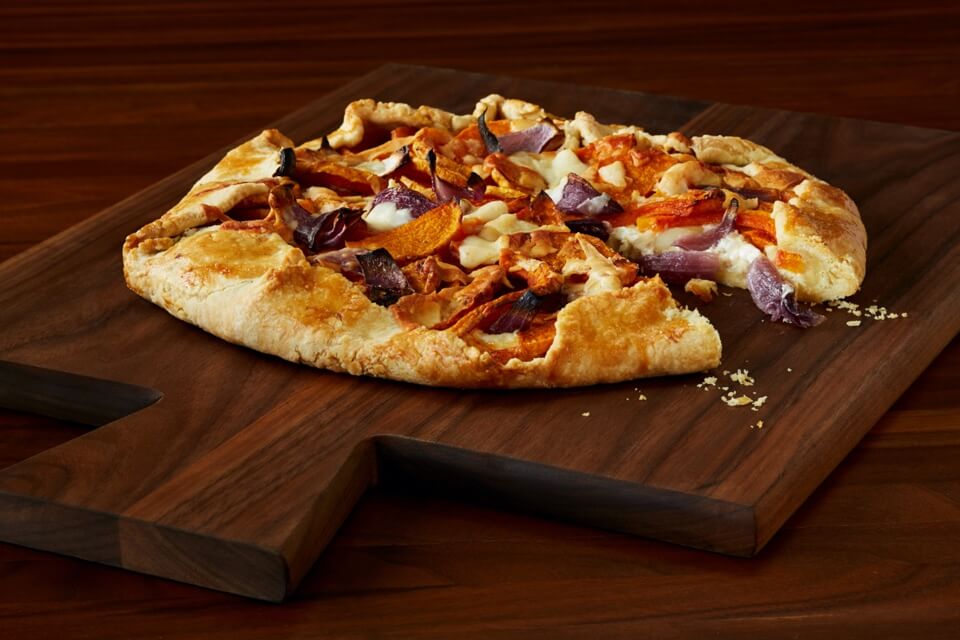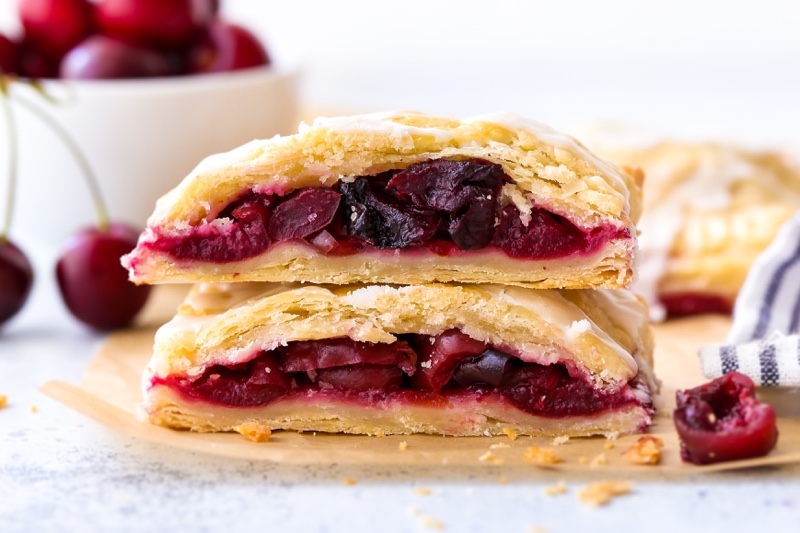Tender. Flaky. Buttery. These are the words that describe one of the home baker’s holy grails: the pie crust.
Pies date back to the days of the ancient Greeks and Romans, and were primarily savory until the 1500s. (The first documented cherry pie is credited to Queen Elizabeth I.) The pastry that holds a pie’s filling was commonly called a coffyn until the American Revolution, when the term crust emerged.
Today, a number of dishes feature butter crusts, from rustic galettes and hand pies to quiches and pot pies. With all our modern know-how and quality ingredients, a delicate and delectable pie crust should be easy to make, right?
Yes and no. While pie crusts are simple to make, they require finesse and patience. With our helpful recommendations, you’ll be on the fast track to the perfect pie crust in no time. Use our Butter Pastry for Single Pie Crust as a guide (or the Butter Pastry for Double Crust Pie, if you plan to do a covered pie), and keep the following tips in mind:
Use salted butter.
We prefer salted Challenge Butter for our pie pastries. While unsalted butter works (and might even be preferred) in a number of baking applications, salt boosts the butter flavor in buttery dishes like pie crusts, biscuits, croissants and butter cookies.
Keep it chill.
The single factor that can make or break your pie crust is temperature. Begin with very cold butter, and avoid touching it with your hands as much as possible. The idea is to keep the butter cold as it reduces to coarse crumbs. When the crust goes into the oven, those tiny, cold bits of butter melt away leaving a space that contributes to the crust’s flakiness.
Hands off.
Whenever you touch the butter in a pie crust, it is warmed by the heat of your hands. To avoid this, we recommend using a food processor to scale the butter down to coarse crumbs. Additionally, there’s the threat of overworking the dough, making for a tough, dull pastry. Keep your contact with the dough light as you form, roll, and handle it.
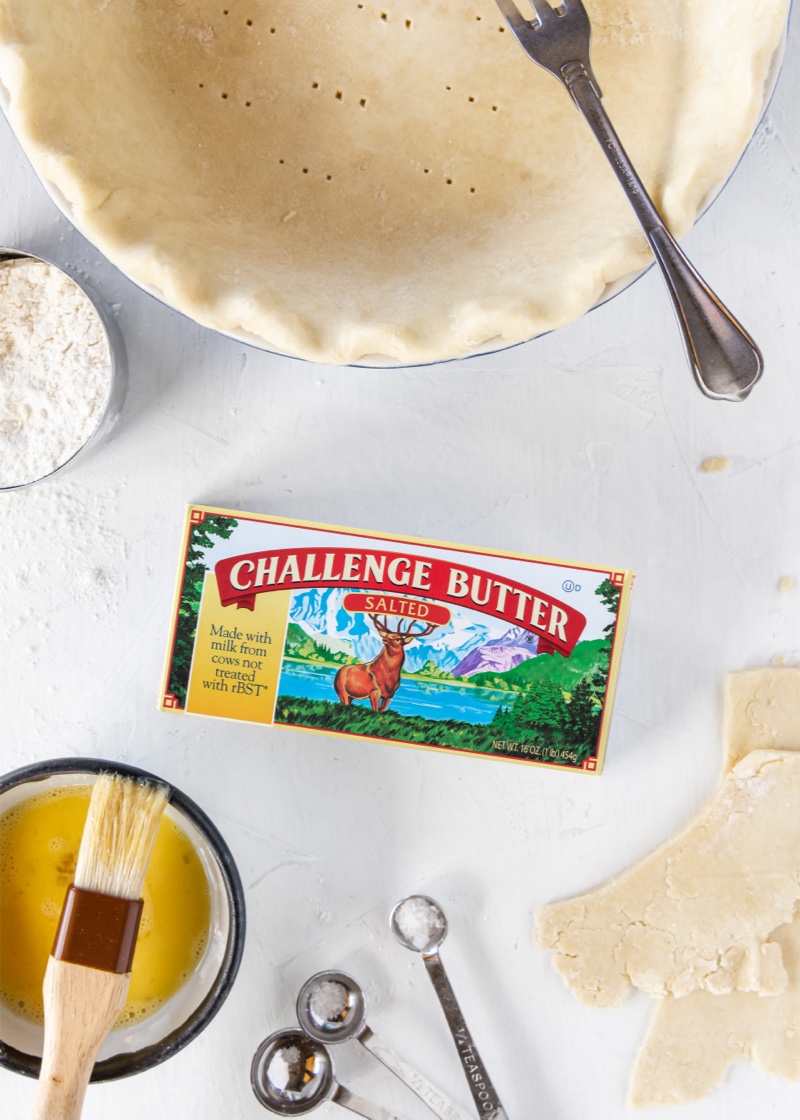
Invest in good gear.
A few good gadgets can make a world of difference when pursuing the perfect pie crust. As mentioned, a good food processor can keep your hands from warming the dough, but a handheld pastry cutter or blender can do this as well. Other tools include a quality rolling pin (either traditional, vintage, French-style or marble), and a marble pastry board. You’ll also want a deep glass pie pan. Why glass? See below.
Go for glass.
Glass is the preferred pan for most serious bakers. Because it’s clear, glass allows radiant heat through to crisp the bottom and sides of your pie crust. Yes, metal may conduct heat better, but if radiant heat can’t pass through, your crust’s bottom may become soggy.
Blind bake with pie weights.
Blind baking is the pre-bake that helps your pie crust form its shape before being filled. (We’ve all tasted pie crust that didn’t undergo a blind bake; pale and gummy, this is a pastry that never had a fighting chance to crisp up.) To blind bake your crust, make sure you use pie weights to keep the edges from sagging. If you have a set of real pie weights, great. If not, dried beans or rice do the trick, too. Just be sure to put a layer of parchment paper down between the crust and the weights.
Watch — and smell — for overcooking.
Burnt edges happen, especially during a pie crust’s final bake, and often the best way to notice is with our sense of smell. To avoid charred edges, use a pie shield, sometimes called a “crust protector.” This will cover the perimeter of your pie crust in the final stages of baking and keep it from getting too toasted.
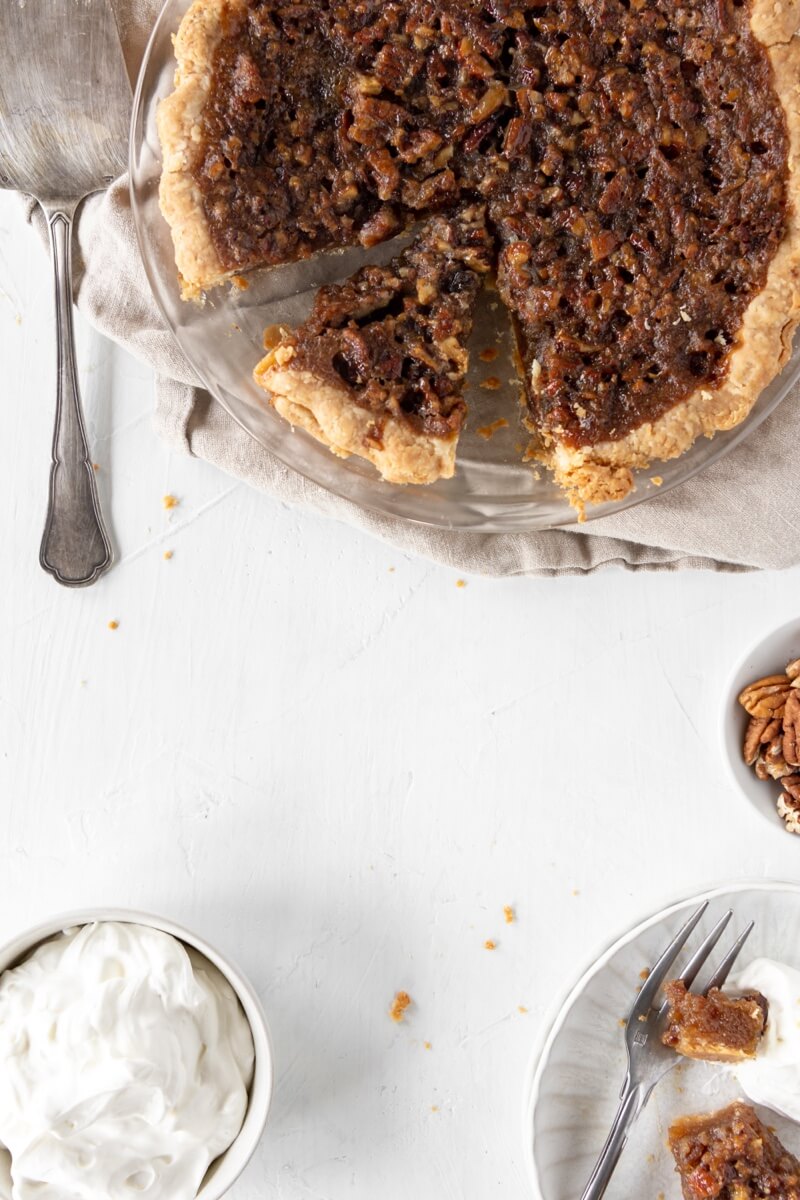
Ready to master the pie crust?
Try these delicious recipes to see how a pie crust can work for any meal of the day.

